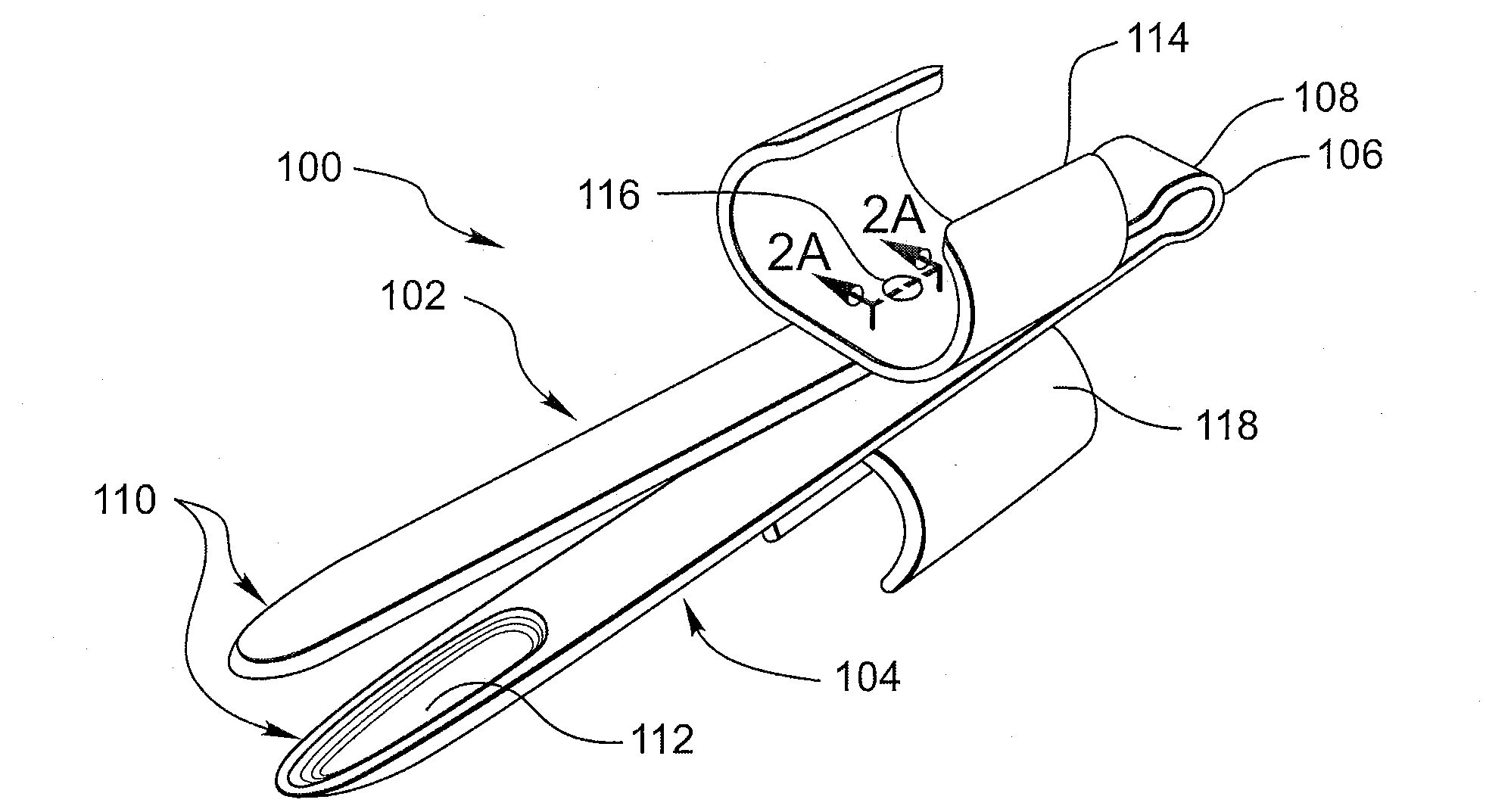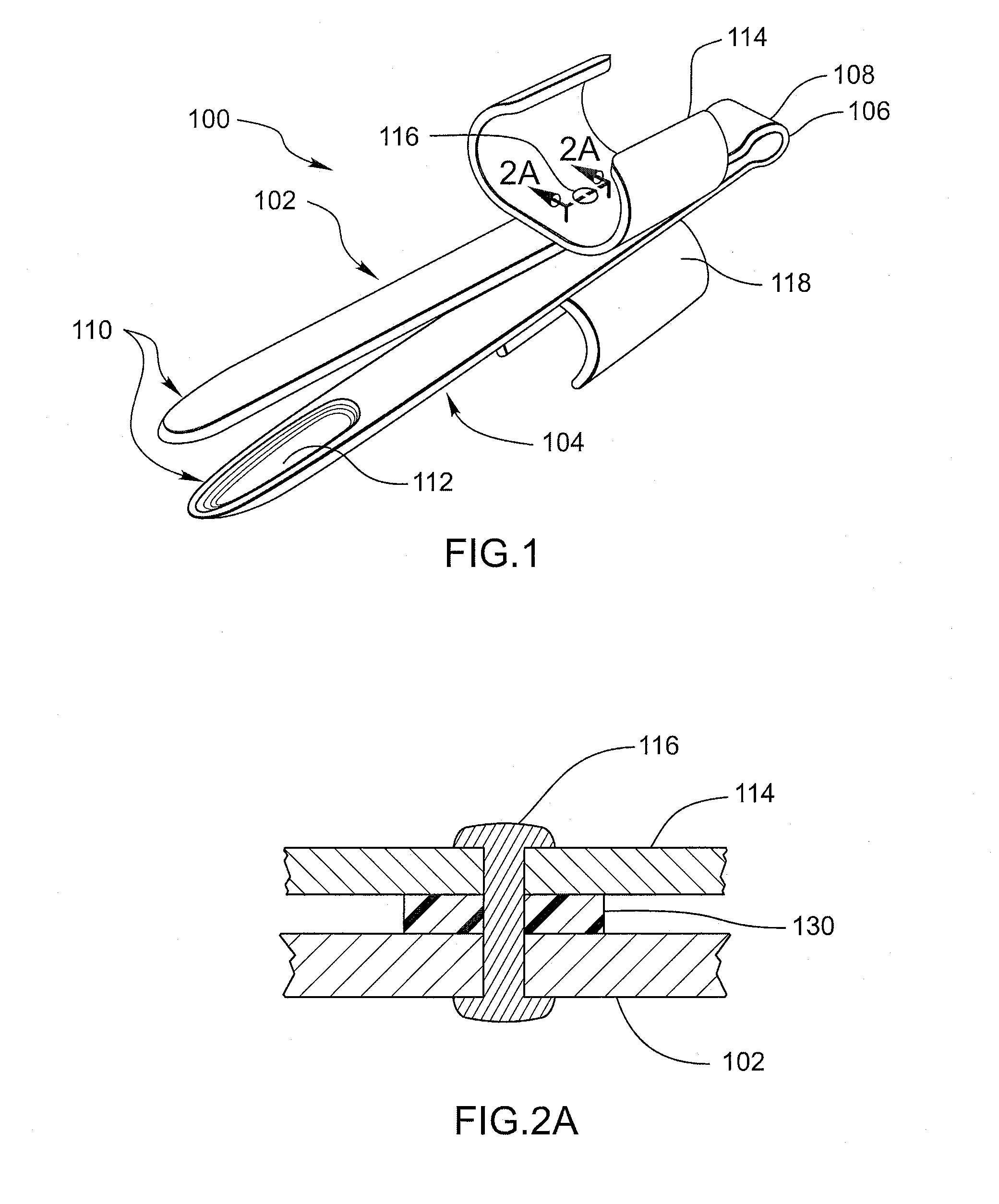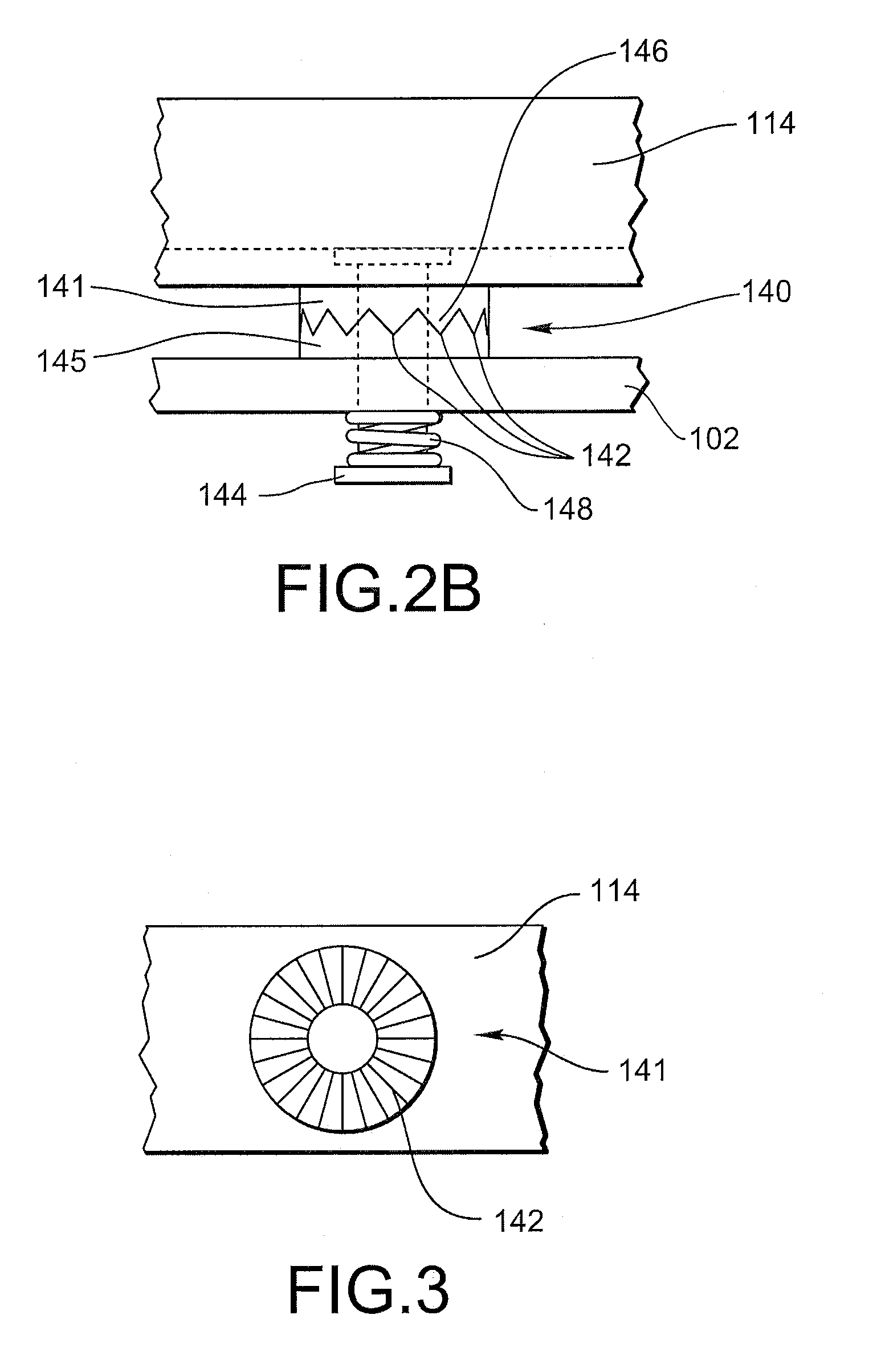Assistive manual implement
a technology of manual implements and implements, applied in the direction of electrical equipment, metal working equipment, coupling device connections, etc., can solve the problems of debilitating depression, affecting the ability of people to perform and participate, and affecting the ability of people to hold, grip, and use ordinary implements. to achieve the effect of enhancing ambidexterity and facilitating a person's ability to perform and participa
- Summary
- Abstract
- Description
- Claims
- Application Information
AI Technical Summary
Benefits of technology
Problems solved by technology
Method used
Image
Examples
Embodiment Construction
[0038]The presently preferred embodiments of the present invention will be best understood by reference to the drawings, wherein like parts are designated by like numerals throughout. It will be readily understood that the components of the present invention, as generally described and illustrated in the figures herein, could be arranged and designed in a wide variety of different configurations. Thus, the following more detailed description of the embodiments of the manual implement of the present invention, as represented in FIGS. 1 through 9, is not intended to limit the scope of the invention, as claimed, but is merely representative of presently preferred embodiments of the invention.
[0039]As shown in FIG. 1, a perspective view illustrates a manual implement 100 having a first arm 102 pivotally connected and integrally formed with a second arm 104. The connection 106 between the first arm 102 and the second arm 104 is compliant and acts to permit the first arm 102 to be pivoted...
PUM
 Login to View More
Login to View More Abstract
Description
Claims
Application Information
 Login to View More
Login to View More - R&D
- Intellectual Property
- Life Sciences
- Materials
- Tech Scout
- Unparalleled Data Quality
- Higher Quality Content
- 60% Fewer Hallucinations
Browse by: Latest US Patents, China's latest patents, Technical Efficacy Thesaurus, Application Domain, Technology Topic, Popular Technical Reports.
© 2025 PatSnap. All rights reserved.Legal|Privacy policy|Modern Slavery Act Transparency Statement|Sitemap|About US| Contact US: help@patsnap.com



